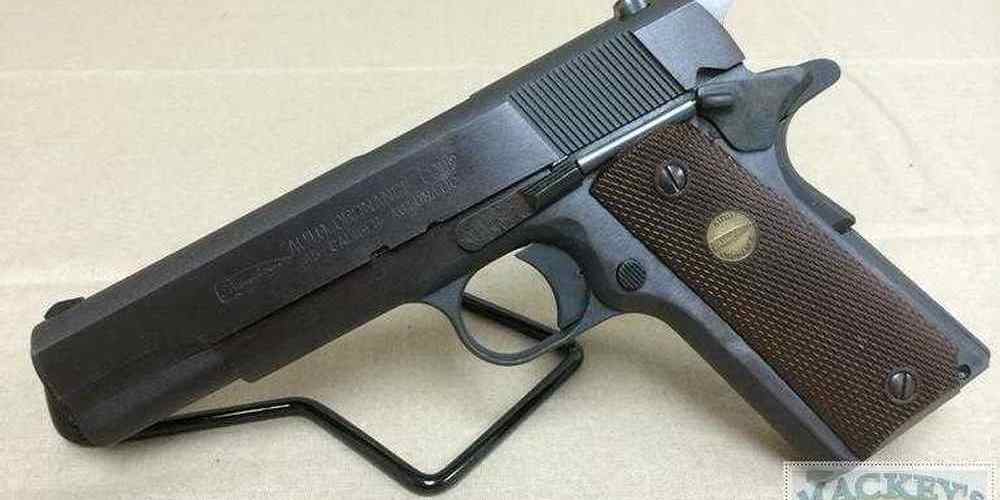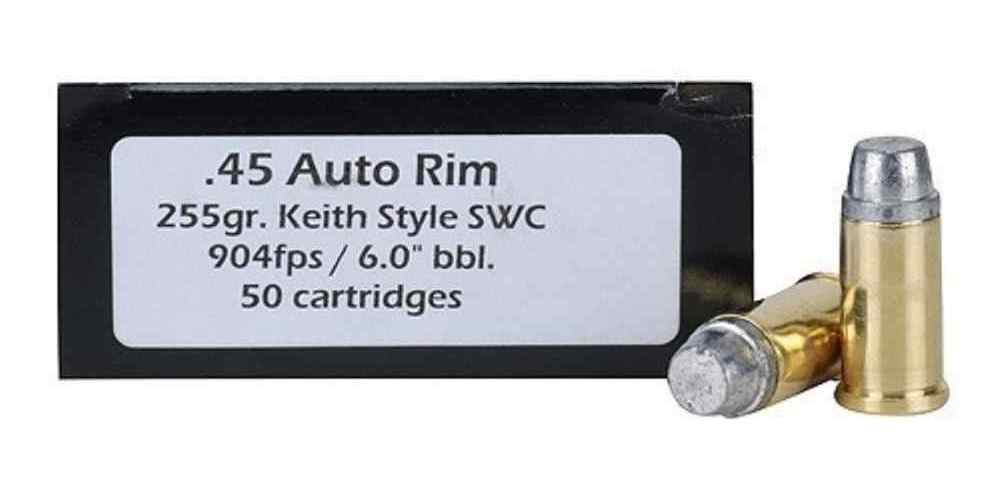Unleashing the power of precision with every shot.
Types of Propellants Used in Semi-Auto Ammunition
When it comes to semi-auto ammunition, one of the key components that make these firearms function is the propellant. Propellants are the chemicals responsible for generating the gas pressure needed to propel the bullet out of the barrel. There are several types of propellants used in semi-auto ammunition, each with its own unique characteristics and chemistry.
One of the most common types of propellants used in semi-auto ammunition is smokeless powder. Smokeless powder is a type of propellant that burns cleanly and efficiently, producing minimal smoke and residue. This makes it ideal for use in semi-auto firearms, where rapid and reliable cycling of the action is essential.
Smokeless powder is typically made from a mixture of nitrocellulose and nitroglycerin, along with various other additives to control burn rate and pressure. Nitrocellulose is a highly flammable compound made from cellulose treated with nitric acid, while nitroglycerin is a powerful explosive compound. When these two compounds are combined in the right proportions, they create a propellant that burns rapidly and consistently, providing the energy needed to propel the bullet down the barrel.
Another type of propellant commonly used in semi-auto ammunition is black powder. Black powder is a traditional propellant that has been used for centuries in firearms. It is made from a mixture of potassium nitrate, charcoal, and sulfur, which are ground together to form a fine powder. When ignited, black powder burns rapidly, producing a large volume of gas that propels the bullet out of the barrel.
While black powder is effective as a propellant, it has several drawbacks compared to smokeless powder. Black powder produces a large amount of smoke and residue when burned, which can quickly foul the action of a semi-auto firearm. It also burns less cleanly and efficiently than smokeless powder, making it less suitable for use in modern firearms.
In addition to smokeless powder and black powder, there are also other types of propellants used in semi-auto ammunition, such as double-base powders and composite propellants. Double-base powders are a type of smokeless powder that contains both nitrocellulose and nitroglycerin, providing a balance of burn rate and energy output. Composite propellants are a newer type of propellant that combines multiple ingredients, such as nitrocellulose, nitroglycerin, and other chemicals, to create a propellant with specific performance characteristics.
The chemistry behind semi-auto ammunition propellants is complex and fascinating. The precise composition of the propellant, along with factors such as grain size, shape, and coating, all play a role in determining the performance of the ammunition. By understanding the chemistry of propellants, manufacturers can develop ammunition that meets the specific needs of semi-auto firearms, providing reliable and consistent performance.
In conclusion, the types of propellants used in semi-auto ammunition play a crucial role in the function and performance of these firearms. Smokeless powder, black powder, double-base powders, and composite propellants all have their own unique characteristics and chemistry, which determine how they burn and generate gas pressure. By choosing the right propellant for a given application, manufacturers can ensure that semi-auto ammunition performs reliably and consistently.

Chemical Composition of Propellants
When it comes to semi-automatic firearms, the propellant used in the ammunition plays a crucial role in the overall performance of the weapon. The chemistry behind these propellants is a fascinating subject that involves a careful balance of ingredients to ensure optimal performance. In this article, we will delve into the chemical composition of propellants used in semi-auto ammunition and explore how these ingredients work together to propel the bullet down the barrel.
One of the key components of propellants used in semi-auto ammunition is nitrocellulose. Nitrocellulose is a highly flammable compound that is derived from cellulose, a natural polymer found in plants. When nitrocellulose is combined with other ingredients such as stabilizers and deterrents, it forms the base of the propellant that powers the bullet. Nitrocellulose is prized for its high energy content and fast burn rate, which makes it ideal for use in semi-automatic firearms.
Another important ingredient in propellants is nitroglycerin. Nitroglycerin is a highly explosive compound that is used to increase the energy content of the propellant. When nitroglycerin is combined with nitrocellulose, it creates a more powerful and efficient propellant that can propel the bullet at higher velocities. However, nitroglycerin is also highly unstable and can be dangerous to handle, which is why it is often used in small quantities and mixed with other stabilizing agents.
In addition to nitrocellulose and nitroglycerin, propellants also contain other ingredients such as stabilizers, deterrents, and additives. Stabilizers are used to prevent the propellant from degrading over time and ensure consistent performance. Deterrents are added to slow down the burn rate of the propellant and prevent it from detonating prematurely. Additives such as graphite or molybdenum disulfide are used to reduce friction and wear inside the firearm, improving its overall reliability.
The chemical composition of propellants is carefully engineered to achieve a balance between energy content, burn rate, and stability. By fine-tuning the proportions of each ingredient, manufacturers can create propellants that are tailored to specific types of firearms and ammunition. For semi-automatic firearms, propellants with a fast burn rate and high energy content are preferred, as they can cycle the action of the firearm more quickly and propel the bullet at higher velocities.
In conclusion, the chemistry behind semi-auto ammunition propellants is a complex and fascinating subject that involves a careful balance of ingredients to achieve optimal performance. By understanding the chemical composition of propellants and how they work together to propel the bullet down the barrel, shooters can gain a greater appreciation for the technology that powers their firearms. Next time you load up your semi-automatic firearm, take a moment to consider the chemistry behind the propellant that makes it all possible.
Combustion Process of Propellants in Semi-Auto Ammunition
When it comes to semi-auto ammunition, one of the key components that make these firearms function is the propellant. The propellant is the chemical substance that, when ignited, generates gas to propel the bullet out of the barrel. Understanding the chemistry behind these propellants is crucial for ensuring the proper functioning of semi-auto firearms.
The combustion process of propellants in semi-auto ammunition is a complex chemical reaction that involves the rapid release of energy. The propellant is typically made up of three main components: nitrocellulose, nitroglycerin, and a stabilizer. Nitrocellulose is the primary ingredient in most modern propellants and is a highly flammable compound that burns rapidly when ignited. Nitroglycerin is added to increase the energy output of the propellant, while the stabilizer helps to control the burn rate and ensure consistent performance.
When the trigger is pulled on a semi-auto firearm, the firing pin strikes the primer, igniting the propellant in the cartridge. As the propellant burns, it generates a large volume of gas that rapidly expands, pushing the bullet down the barrel and out of the firearm. This process all happens in a fraction of a second, with the propellant burning at a controlled rate to ensure that the bullet reaches its target with maximum velocity and accuracy.
The chemistry behind the combustion process of propellants in semi-auto ammunition is fascinating. As the propellant burns, it undergoes a series of chemical reactions that release energy in the form of heat and gas. The nitrocellulose breaks down into carbon dioxide, water vapor, and nitrogen gas, while the nitroglycerin decomposes into carbon dioxide, water vapor, and nitrogen oxide. These gases rapidly expand, creating the pressure needed to propel the bullet out of the barrel.
One of the key factors in the combustion process of propellants is the burn rate. The burn rate of a propellant refers to how quickly it releases energy when ignited. A propellant with a fast burn rate will generate a large volume of gas quickly, while a propellant with a slow burn rate will release energy more gradually. The burn rate of a propellant is carefully controlled during the manufacturing process to ensure that it provides the right amount of energy to propel the bullet at the desired velocity.
Transitional phrases such as “when the trigger is pulled” and “as the propellant burns” help to guide the reader through the combustion process of propellants in semi-auto ammunition. These phrases provide a clear timeline of events and help to connect one idea to the next. By understanding the chemistry behind the combustion process of propellants, firearm enthusiasts can gain a deeper appreciation for the technology that makes semi-auto firearms function.
In conclusion, the combustion process of propellants in semi-auto ammunition is a fascinating example of the intricate chemistry behind firearms. The controlled burn rate of the propellant, the rapid release of energy, and the generation of gas all work together to propel the bullet out of the barrel with precision and accuracy. By delving into the chemistry behind these propellants, we can gain a greater understanding of how semi-auto firearms function and appreciate the science behind their operation.
Impact of Propellant Chemistry on Performance
When it comes to semi-automatic firearms, the propellant used in the ammunition plays a crucial role in determining the performance of the weapon. The chemistry behind these propellants is a complex and fascinating subject that involves a deep understanding of how different compounds interact with each other to produce the desired effect. In this article, we will explore the impact of propellant chemistry on the performance of semi-auto ammunition.
One of the key factors that determine the performance of a propellant is its burn rate. The burn rate refers to how quickly the propellant combusts and generates gas to propel the bullet out of the barrel. Propellants with a fast burn rate are typically used in smaller caliber ammunition, as they provide the high pressure needed to cycle the action of a semi-automatic firearm. On the other hand, propellants with a slower burn rate are used in larger caliber ammunition, as they provide a more controlled and consistent pressure curve.
Another important aspect of propellant chemistry is the energy content of the compound. The energy content of a propellant is determined by its chemical composition and can have a significant impact on the velocity and trajectory of the bullet. Propellants with a higher energy content will produce higher muzzle velocities, resulting in a flatter trajectory and better long-range performance. However, propellants with a lower energy content may be more suitable for certain applications where a lower velocity is desired.
In addition to burn rate and energy content, the chemical composition of the propellant can also affect the temperature sensitivity of the ammunition. Temperature sensitivity refers to how the performance of the propellant is affected by changes in temperature. Some propellants are more sensitive to temperature fluctuations, which can lead to variations in velocity and accuracy. Manufacturers often take this into account when designing propellants for semi-automatic firearms, ensuring that the ammunition performs consistently across a range of temperatures.
The chemistry behind semi-auto ammunition propellants is a delicate balance of factors that must be carefully considered to achieve optimal performance. Manufacturers spend years researching and developing new propellant formulations to improve the reliability, accuracy, and consistency of their ammunition. By understanding the impact of propellant chemistry on performance, shooters can make informed decisions when selecting ammunition for their firearms.
In conclusion, the chemistry behind semi-auto ammunition propellants is a complex and fascinating subject that plays a crucial role in determining the performance of a firearm. Factors such as burn rate, energy content, and temperature sensitivity all contribute to the overall performance of the ammunition. By understanding these factors, shooters can make informed decisions when selecting ammunition for their firearms. The next time you load up your semi-automatic firearm, take a moment to appreciate the intricate chemistry behind the propellant that powers your shots.
Safety Considerations in Handling Propellants
When it comes to handling semi-auto ammunition propellants, safety should always be the top priority. These propellants are the driving force behind the firing of a cartridge, and mishandling them can have serious consequences. In this article, we will delve into the chemistry behind semi-auto ammunition propellants and discuss some important safety considerations to keep in mind when handling them.
Semi-auto ammunition propellants are typically composed of nitrocellulose, also known as guncotton, and nitroglycerin. These chemicals are combined with other additives to create a stable and efficient propellant that can propel a bullet out of a firearm at high speeds. Nitrocellulose is a highly flammable material that burns rapidly when ignited, while nitroglycerin is a powerful explosive that helps to increase the energy output of the propellant.
When handling semi-auto ammunition propellants, it is important to keep in mind that they are sensitive to heat, friction, and impact. This means that any kind of rough handling or exposure to high temperatures can potentially cause the propellant to ignite or explode. It is crucial to store propellants in a cool, dry place away from sources of heat or open flames, and to handle them with care to avoid accidental ignition.
In addition to being sensitive to heat and friction, semi-auto ammunition propellants can also be affected by exposure to moisture. Moisture can cause the propellant to degrade and become less stable, increasing the risk of a malfunction or misfire. It is important to store propellants in airtight containers to prevent moisture from getting in, and to use them within a reasonable amount of time to ensure their effectiveness.
When loading semi-auto ammunition propellants into cartridges, it is important to follow the manufacturer’s guidelines carefully. Overloading a cartridge with too much propellant can cause excessive pressure to build up when the cartridge is fired, potentially leading to a catastrophic failure of the firearm. Underloading a cartridge, on the other hand, can cause the bullet to become stuck in the barrel, creating a dangerous situation for the shooter.
It is also important to be mindful of the condition of the propellant itself. If a propellant appears discolored, has a strange odor, or shows any signs of deterioration, it should not be used. Using degraded propellant can lead to inconsistent performance and potentially dangerous malfunctions. It is always better to err on the side of caution and dispose of questionable propellant properly.
In conclusion, handling semi-auto ammunition propellants requires a thorough understanding of their chemistry and properties, as well as a commitment to safety. By following proper storage and handling procedures, as well as being mindful of the condition of the propellant, shooters can minimize the risk of accidents and ensure a safe and enjoyable shooting experience. Remember, safety first!








